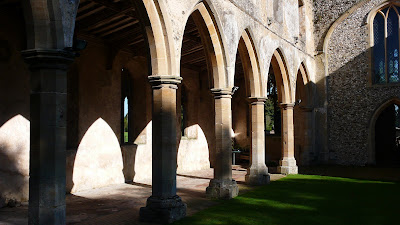
My Neighbour Who Knows What I Like ran past my kitchen window in the rain the other day with this box clutched in her hand. I rushed out, delving in my pocket for a fiver. "You can keep your hands off" she said, "This is the Communal Mincer". Apparently it's shared between my neighbours for the odd sheep's head they need to render down, but kept safe in a central location. Memories of course came flooding back of my mother attaching one to the kitchen table, where I would watch in awe as bright pink worms sprouted out the end. If you look under any similar table of this particular vintage the chances are you will see a succession of circular indentations made by the screwing-up of the clamp. One mystery remains. The body of the mincer is blind-embossed with the word 'National'. I have a Price's Household Candles box of similar age, with 'National Wax' on the front. Rationing and short supply during the Second World War gave us National Starch, Milk and Margerine; so I can only suppose that this is a left-over, like a cold Sunday joint, from the same era. An economy issue, or simply a post war buzz word, like 'National Service'. I think I'll get a big bit of cow or similar tomorrow, just so that I can join the Monday morning queue in order to start mincing about.



















